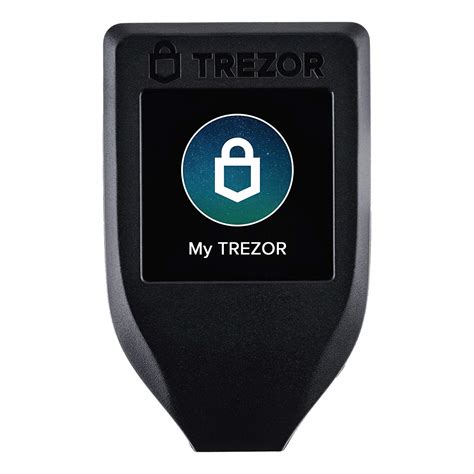The Security Advantage of Trezor: How Update Firmware without Compromising Data
Trezor, a leading brand in hardware wallets for cryptocurrency enthusiasts, has long been touted for its unparalleled security features. One aspect that sets Trezor apart from other digital wallets is the ability to update firmware without compromising sensitive data. In this article, we’ll explore how Trezor achieves this feat and what it means for users.
The Evolution of Trezor’s Firmware Update Process
Trezor’s firmware update process is a clever combination of hardware and software security. Unlike many other digital wallets that rely solely on software updates, Trezor incorporates physical security measures to safeguard user data. Here’s how it works:
- Physical Security: The Trezor hardware wallet contains advanced security features, such as a secure chip, encryption, and tamper-evident mechanisms. These physical protections ensure that even if an attacker gains physical access to the wallet, they won’t be able to exploit them.
- Encryption
: Once the firmware update is initiated, the Trezor uses its built-in encryption system to protect user data during the update process. This ensures that all sensitive information remains secure and inaccessible to unauthorized parties.
The Art of Firmware Update: A Safe Harbor for Data
Now, let’s dive into how Trezor updates its firmware without compromising the security of user data:
- Pre-Update Checks: Before initiating an update, Trezor performs a series of checks to ensure that all necessary software components are up-to-date and secure.
- Tamper-Evident Mechanisms: The Trezor hardware wallet contains tamper-evident features, such as RFID-blocking packaging or visible connections between devices, which serve as a deterrent against potential malicious activities.
- Secure Boot Process: During the firmware update process, Trezor uses its secure boot mechanism to verify that all installed software components are legitimate and have not been compromised by malware.
The Result: A Secure Update Cycle

By combining physical security with advanced encryption and tamper-evident mechanisms, Trezor’s firmware update process provides a safe harbor for user data. This means that users can trust that their sensitive information will remain protected even if the Trezor wallet is hacked or compromised during an update.
Conclusion: The Unbreakable Promise of Trezor
Trezor’s ability to update its firmware without compromising sensitive data is a testament to its commitment to security and user protection. By integrating cutting-edge hardware and software security features, Trezor has created a truly secure ecosystem that prioritizes the well-being of its users.
In an era where digital wallets have become increasingly vulnerable to malware and cyber threats, Trezor’s approach stands out as a beacon of hope for those seeking a trustworthy and secure online experience. Whether you’re a seasoned cryptocurrency user or just starting your digital wallet journey, trust that Trezor has got you covered – securely.
